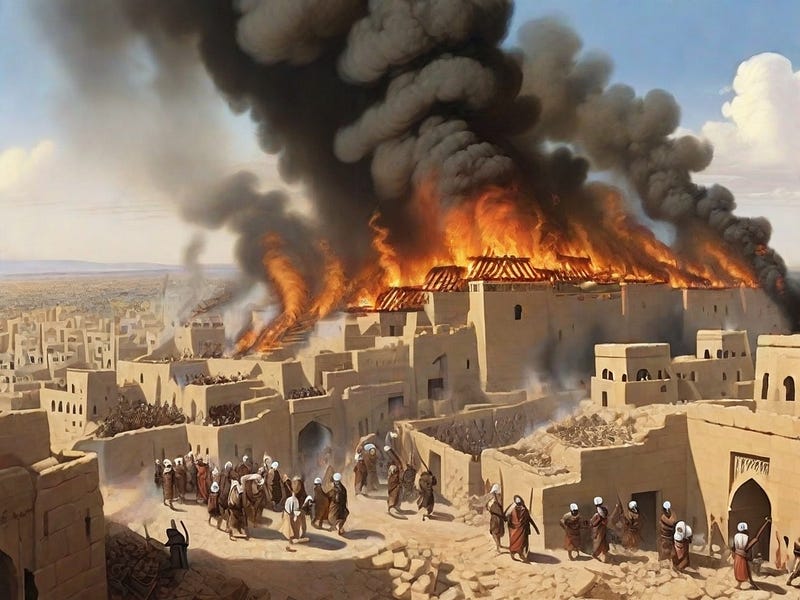Jalula Unveiled: The Clash of Ancient Powers in the 7th Century
Written on
Chapter 1: The Discovery of Jalula
Recent archaeological efforts have led to the unearthing of the ruins of Jalula, a significant fortress in Iraq, which fell to Muslim forces in 637 AD following the defeat of the Persian army. This discovery was confirmed by the Iraqi State Board of Antiquities and Heritage (SBAH). To date, only remnants of the ancient city have been revealed, and more extensive excavations are anticipated.

Section 1.1: Distinction Between Ancient and Modern Jalula
It’s crucial to differentiate the ancient city of Jalula from the modern settlement established in 1958, which lies on the opposite bank near the village of Bahiza. The ancient version served as a vital trading hub with considerable strategic significance.
Subsection 1.1.1: Archaeological Insights
During surface surveys, Iraqi archaeologist Ahmed Abdul Jabbar Khamas discovered remnants of various structures, hinting at the city's once-great status.
Chapter 2: The Historical Significance of Jalula
The city of Jalula gained historical prominence in the 7th century when two formidable powers collided. The fortress was under the control of the Sasanian dynasty when it faced an assault from Muslim forces loyal to the Rightly Guided Caliphs (632–661). These leaders emerged shortly after the death of Prophet Muhammad in 632 AD and were integral in the early Islamic territorial conquests.
Section 2.1: The Siege of Jalula
The Caliph viewed Jalula as a significant barrier to further advances toward the cities of Tikrit and Mosul. Consequently, he dispatched General Hashim ibn Utbah, commanding 12,000 soldiers, to seize the city. The ensuing battles were intense and bloody, culminating in a seven-month siege that ultimately led to the city’s capture, despite the Sasanian forces having a numerical advantage of around 8,000 troops.
Subsection 2.1.1: The Fall of the Sasanian Empire
This victory was part of a broader series of defeats for the Sasanian Empire, which would eventually lead to its collapse after several centuries of dominance. The final Sasanian ruler, Yazdegerd III (ruling from 632 to 651), met a tragic end at the hands of his own subjects, while his son’s attempts to seek assistance from far-off China were in vain.
Chapter 3: Groundbreaking Discoveries in Sumeria
The latest excavations in Girsu, an ancient Sumerian city, have unveiled remnants of remarkably advanced technology...
Dear Readers
I wish to address an important concern regarding content creators like myself on Medium.com. Despite dedicating significant effort to producing valuable content, the compensation often falls short. If you appreciate my articles, I invite you to support me through my “Buy Me a Coffee” page. Your contributions, no matter how modest, can inspire me to continue crafting engaging and thought-provoking content. Thank you for being a part of this journey!

